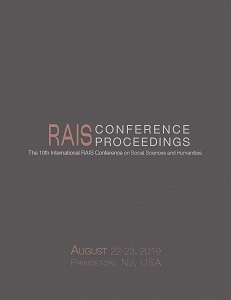Effects of Exchange Rate on Value-Added International Trade
Effects of Exchange Rate on Value-Added International Trade
Author(s): Myoung Shik Choi
Subject(s): Business Economy / Management
Published by: Scientia Moralitas Research Institute
Keywords: Exchange Rate; Global Value Chain; International Trade; Value-Added Exports;
Summary/Abstract: In this study, value-added perspective focuses on the role of exports within a bilateral trading partner in the process of global value chains with vertical specialization, which is one of the various innovations in the world economy. Theoretically, we determine a proper model to connect both the value-added exports (Hummels et al. 1999; Johnson & Noguera 2012; Koopman et al. 2010; Koopman and Wei 2014; UNCTAD 2013) and the changes in value-added exchange rates (Bems & Johnson 2012, 2015; Patel et al. 2014; Yang et al. 2014). Then, based on their relationships, we investigate the value-added effects of exchange rate changes on international trade. Empirically, we adopt the calculating methods of using the value-added trade statistics (TiVA) developed by OECD-WTO. In particular, proper time series econometric models are tested for the United States of America and South Korea. We find that increase in foreign income increases the value-added exports, and increase in domestic income increases the value-added imports, but that currency appreciation decreases the value-added exports in Korea while currency appreciation increases the value-added exports in the US. We would judge that the export competitiveness relies on the currency devaluation in Korea but the domestic industry/economic growth in the US. Also, the value-added exports to gross exports are higher in Korea than the ones in the US as using more the global value chains. This will contribute to mitigate the global imbalances and exchange rate conflicts.
Book: Proceedings of the 10th International RAIS Conference on Social Sciences and Humanities
- Page Range: 54-59
- Page Count: 5
- Publication Year: 2018
- Language: English
- Content File-PDF

